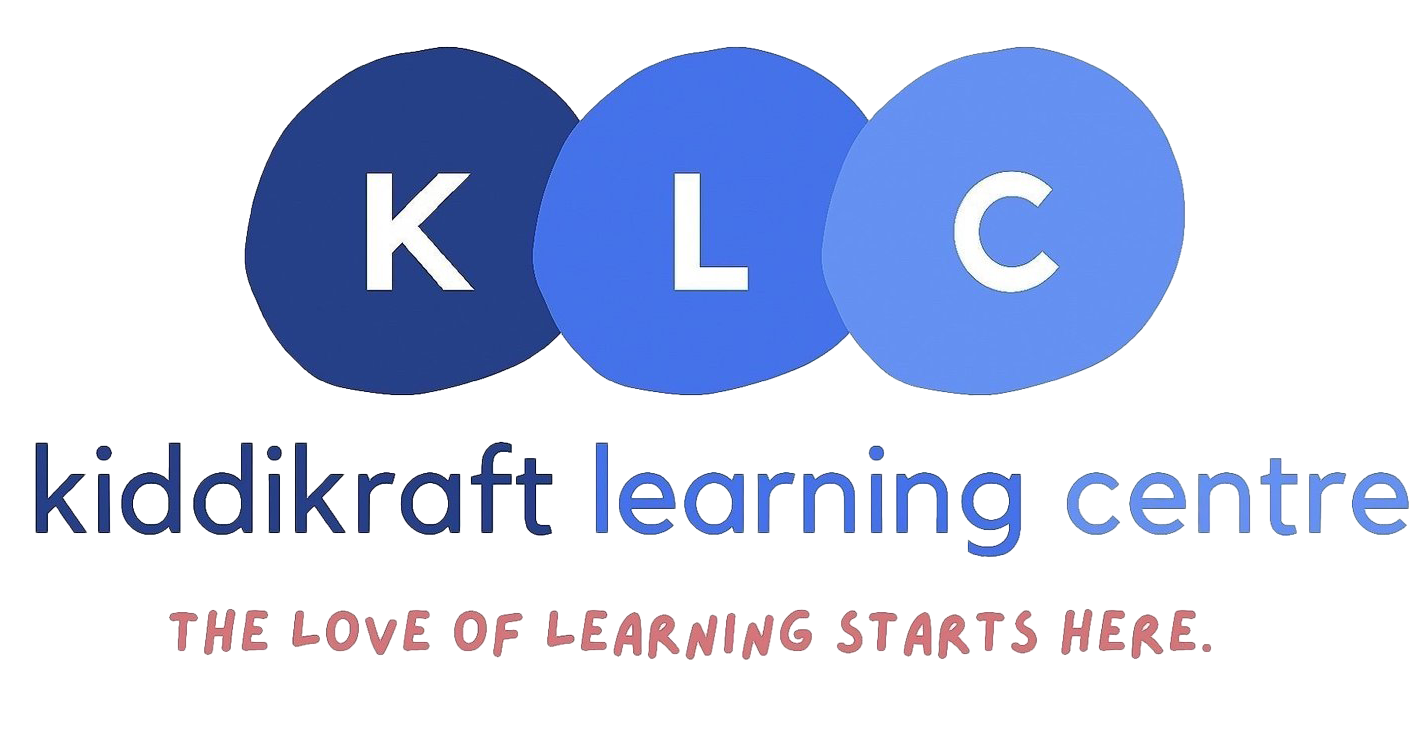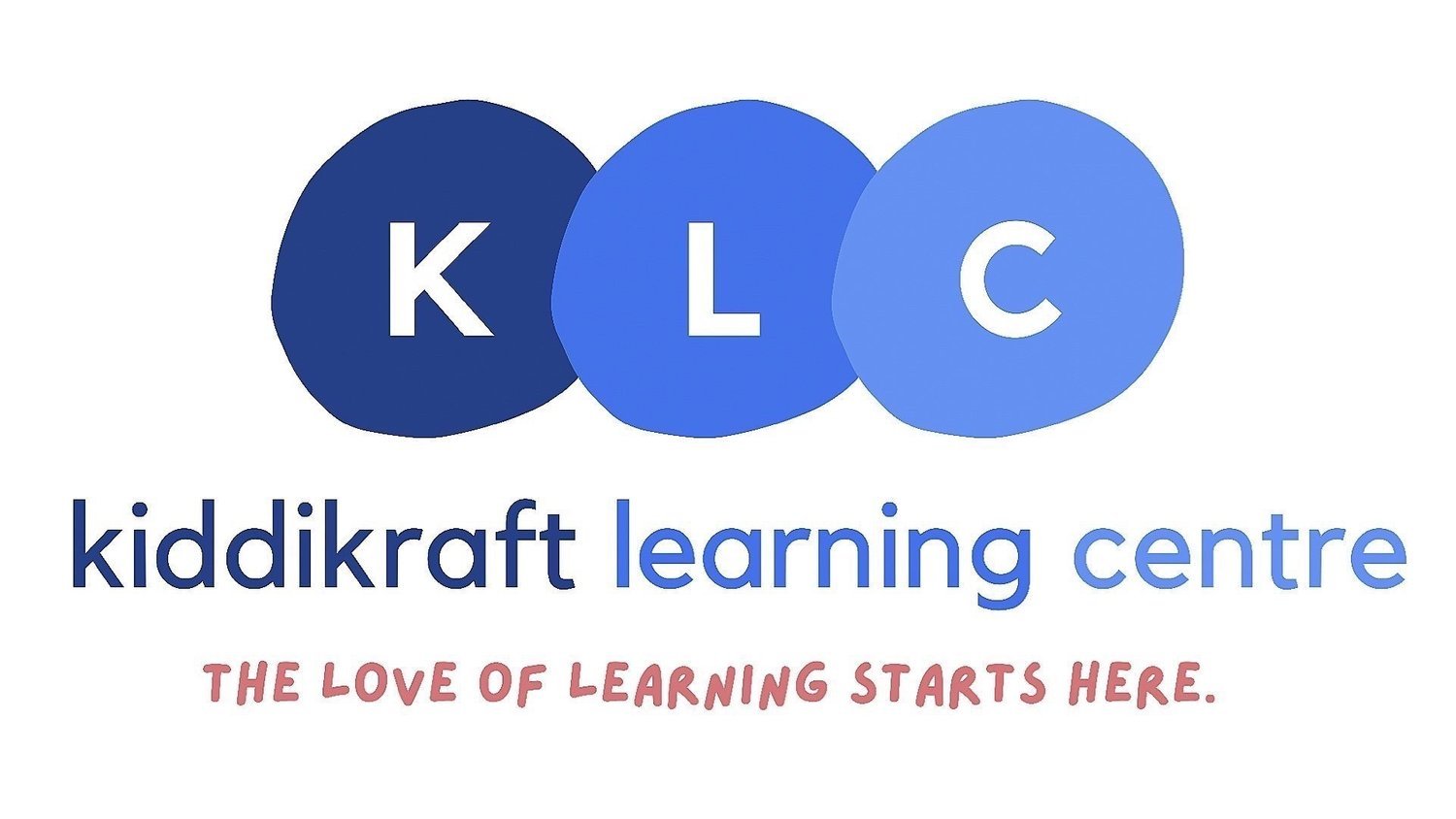ADHD in Kids: Understanding and Support
Introduction:
Attention Deficit Hyperactivity Disorder (ADHD) is a neuro-developmental disorder that affects children's ability to focus, control impulses, and regulate energy levels. It's essential for parents and caregivers to understand the signs, seek appropriate diagnosis, and provide the necessary support to help children thrive.
Recognizing the Signs:
ADHD can manifest in various ways, including inattention, hyperactivity, and impulsivity. Children with ADHD may struggle to concentrate, follow instructions, sit still, or wait their turn. They may also display impulsive behaviour, such as blurting out answers or interrupting conversations.
Seeking Diagnosis and Support:
If you suspect your child may have ADHD, it's crucial to seek professional evaluation from a qualified healthcare provider. A comprehensive assessment can help determine the presence of ADHD and guide appropriate treatment options, which may include behavioural therapy, medication, or a combination of both.
Strategies for Support at Home:
While ADHD presents unique challenges, there are many strategies parents can implement at home to support their child's needs. Establishing consistent routines, breaking tasks into manageable steps, providing clear instructions, and offering praise and encouragement for positive behaviours can all help manage symptoms and promote success.
Creating a Supportive Environment:
In addition to individualized strategies, creating a supportive environment at home is essential for children with ADHD. This may involve minimizing distractions, providing opportunities for physical activity, and fostering open communication about feelings and challenges.
Conclusion:
ADHD is a complex neurodevelopmental disorder that requires understanding, patience, and support from caregivers. By recognising the signs, seeking professional guidance, and implementing effective strategies at home, parents can help children with ADHD thrive and reach their full potential.

